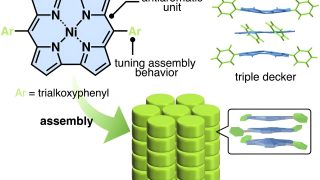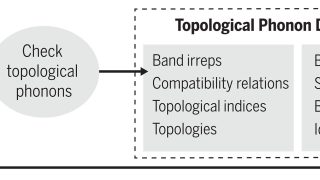
Modelling coffee brewing using X-rays
A roasted and ground coffee matrix is a highly complex porous medium characterized by multiscale features. A typical coffee matrix used for double-shot espresso brew is about 15 ml in volume and consists of millions of coffee particles. These coffee particles are produced by grinding roasted coffee beans, and have an approximately bimodal size distribution […]








